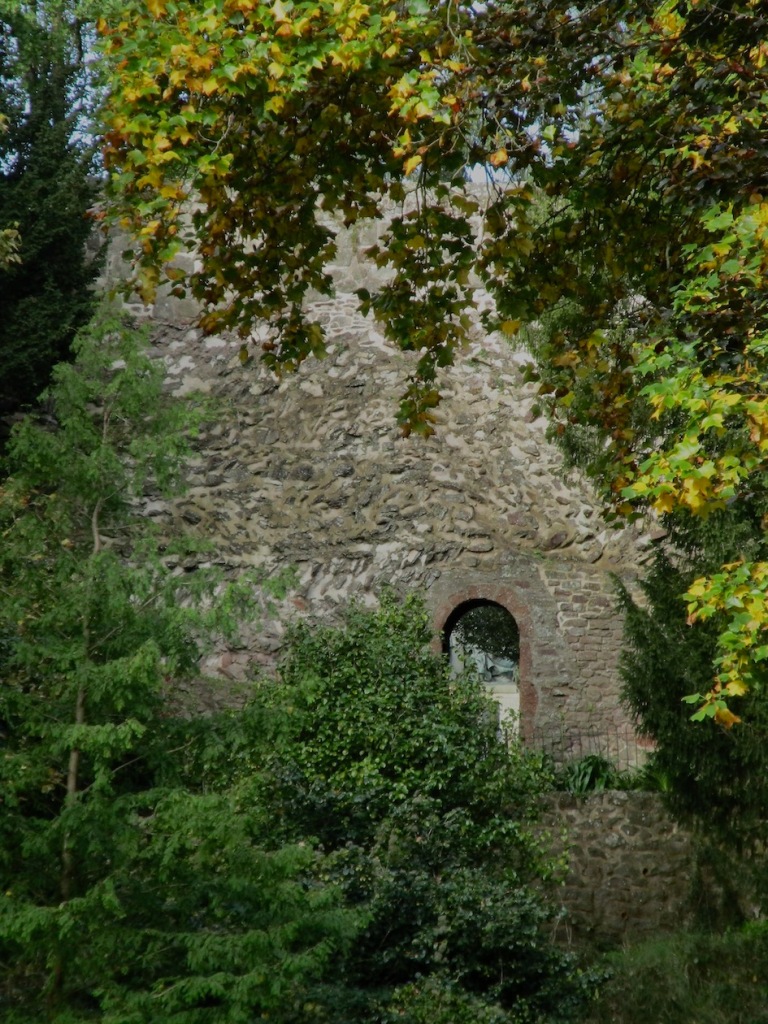
©2020 Roxane Gilbert
What is Cream Tea? Cream tea refers to a tradition in Devon and Cornwall of serving afternoon tea with scones, clotted cream, and jam.
Although I would never refuse a freshly made scone served Cornish style, when it comes to cream tea, I am securely in the Devon camp: the cream goes on the scone with the jam on top. (In the Cornish tradition the jam is spread on the scone and a spoonful of cream is put on top of that.)
If you are in the United Kingdom, your local market may sell Devon or Cornish clotted cream. Those of us in the United States may be able to buy packaged clotted cream at the supermarket, from a gourmet grocer, or online. It’s a decent, pricey substitute for the fresh product.
Fortunately, clotted cream is very easy to make at home. The tricky part is tracking down a supply of heavy cream that is not ultra-pasteurized. If the cream is ultra-pasteurized, it is not going to separate. There is a dairy near me that sells it. If there are no such purveyors in your vicinity, you may do well to check for cream from an organic dairy.
Homemade Clotted Cream:
Preheat your oven to 170°F or 80°C.
Pour a pint of heavy cream into a tempered glass baking pan. Use a large enough pan so that the cream is no more than two-inches deep. Thinner is better. Bake it for 12 hours. A yellow or brownish crust will form at the top. This is okay.
Remove the baked cream from the oven and refrigerate it for at least eight hours or overnight. Pierce the crust and tip the pan to drain the liquid into a glass. Set this aside to use for making scones, or use it in your coffee or tea.
Stir the thickened cream together with the crusty top. It may be lumpy. Store it in a covered glass container in the refrigerator for up to one week. This makes enough clotted cream for about eight scones.
Easy, right?





